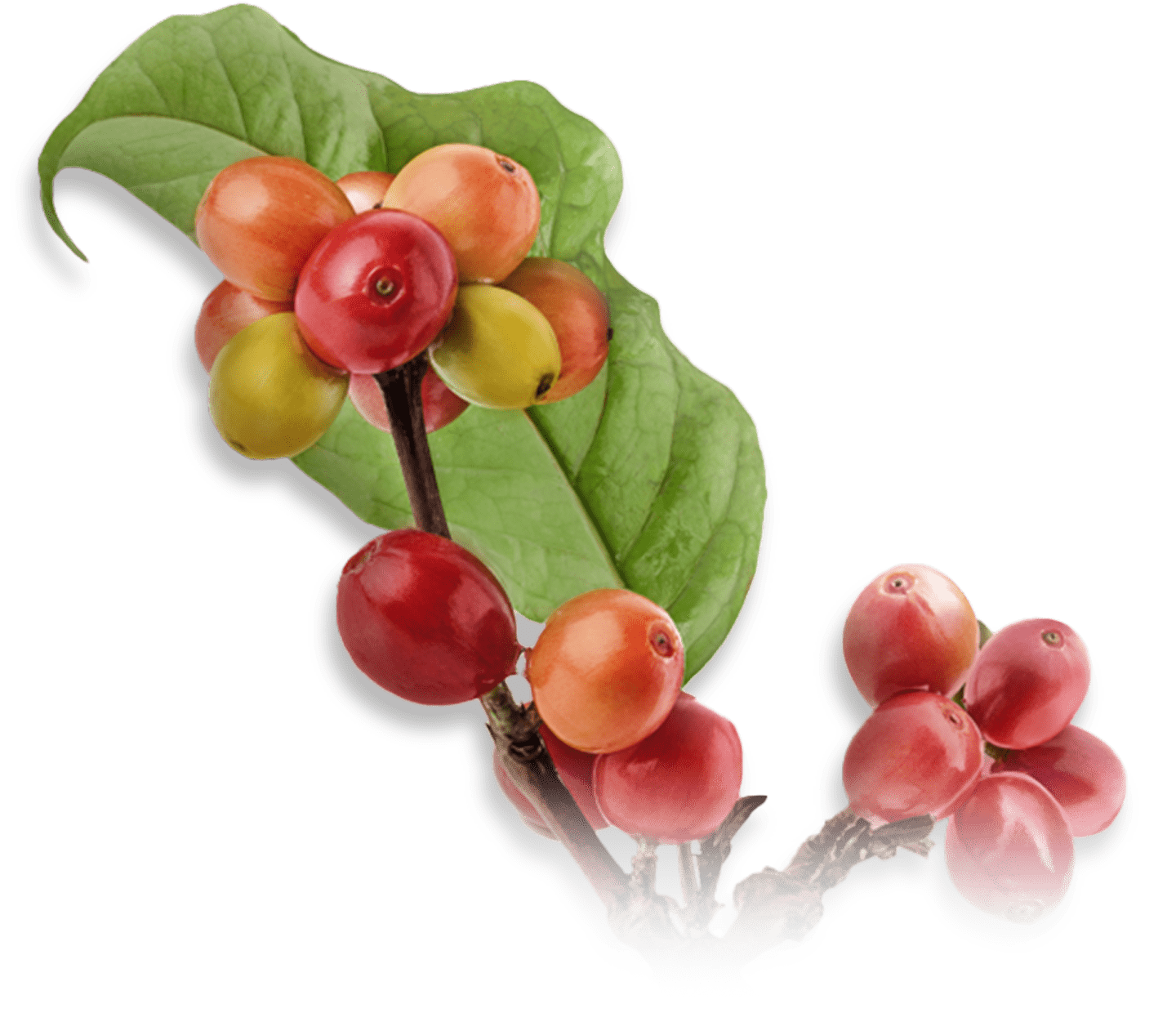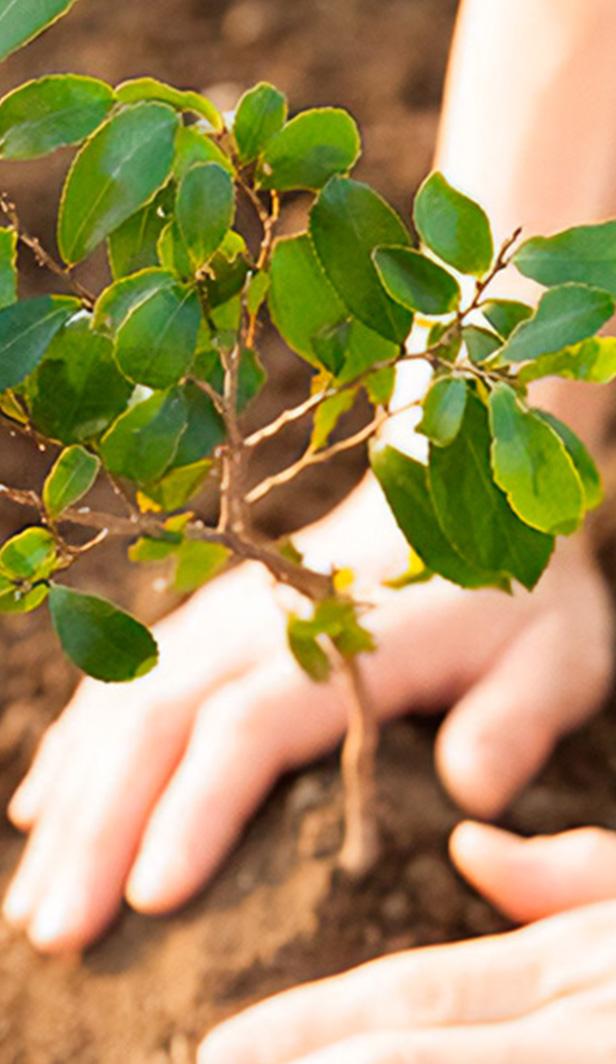Where does coffee come from?
When learning about where coffee comes from, it’s important to know that it doesn’t originate from just one place. In fact, coffee is grown in more than 50 countries around the world, in what is known as the ‘coffee belt’. This includes Africa, Latin America and Asia. These regions have just the right combination of altitude, soil and weather, providing the perfect climate for growing the most delicious beans.
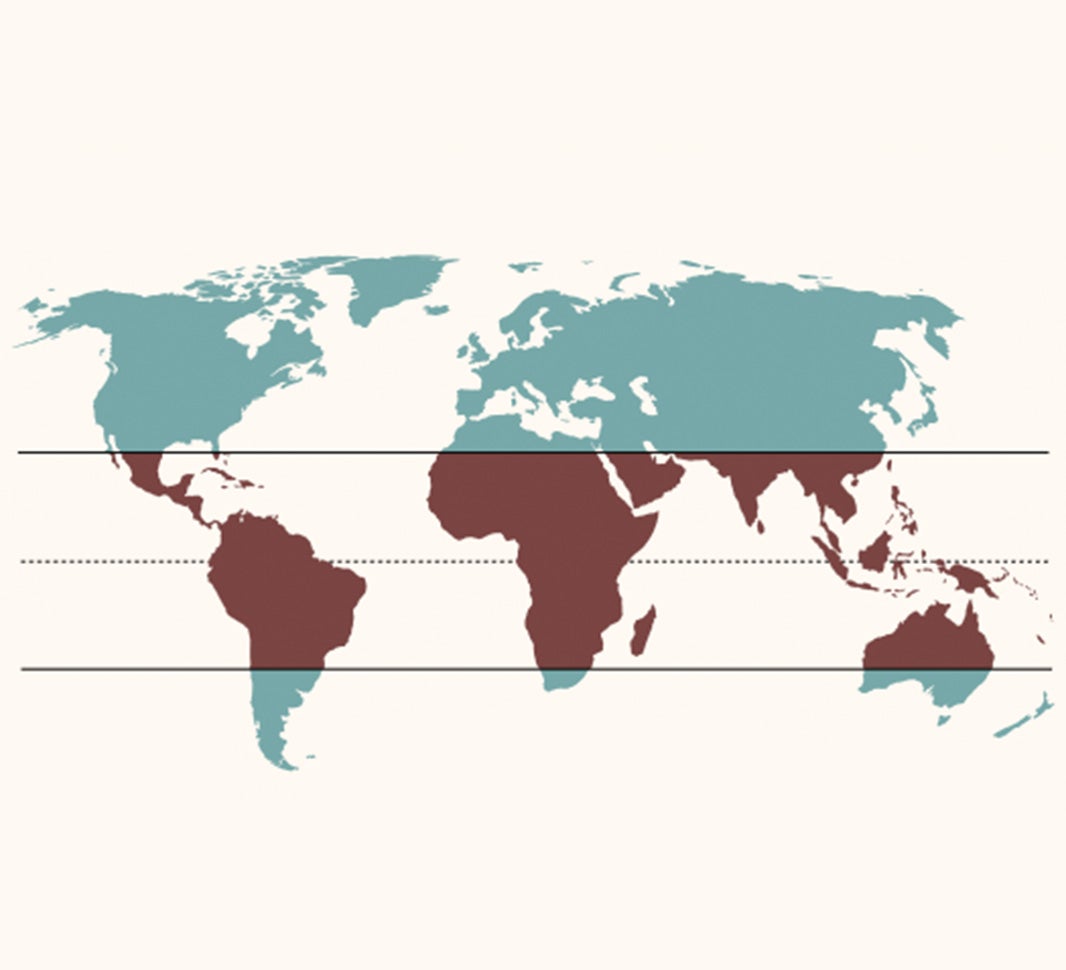
African coffee
African coffee is thought to be some of the best in the world due to its wonderfully distinctive flavour. Traditionally, African coffee boasts the following characteristics:
Syrupy
Medium acidity
Medium to dark roast
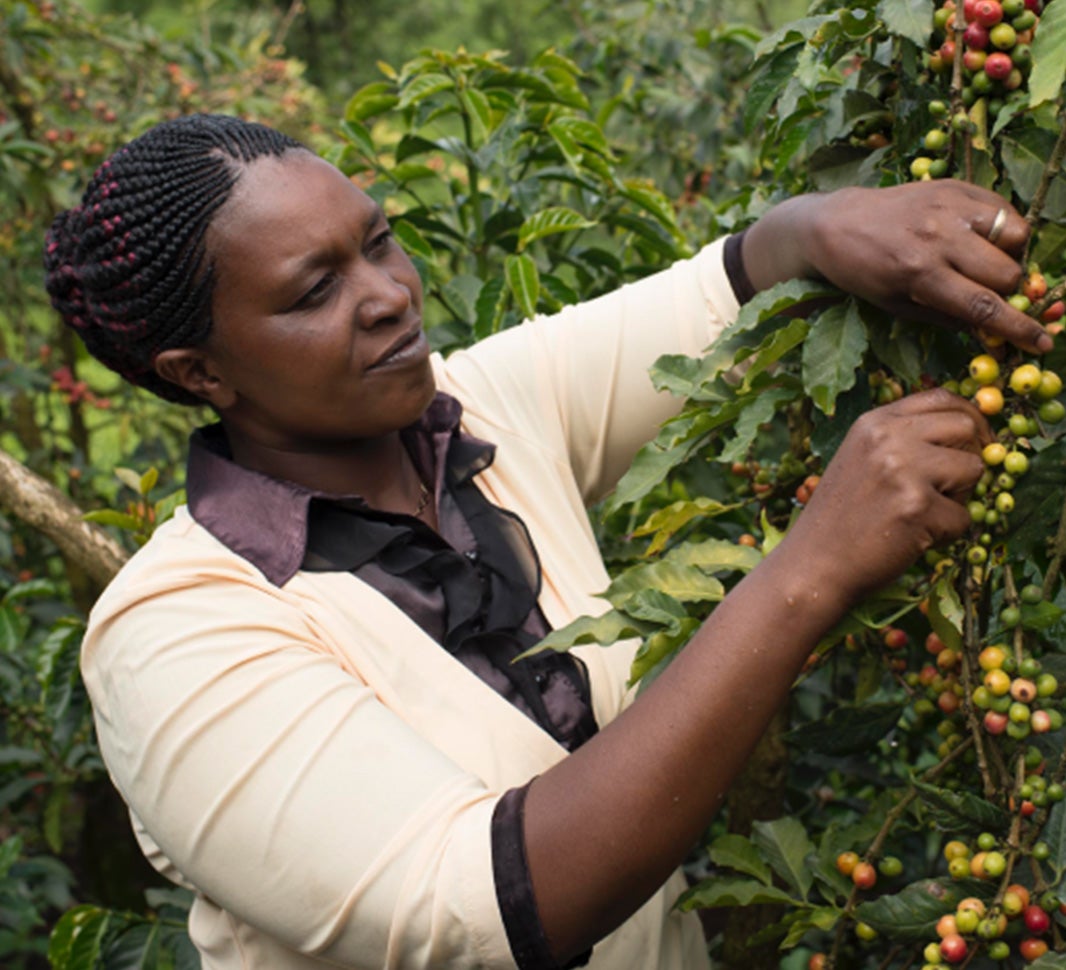
Did you know coffee is grown in more than 50 countries around the world? It’s known as the ‘coffee belt’ and includes Africa, Latin America and Asia.
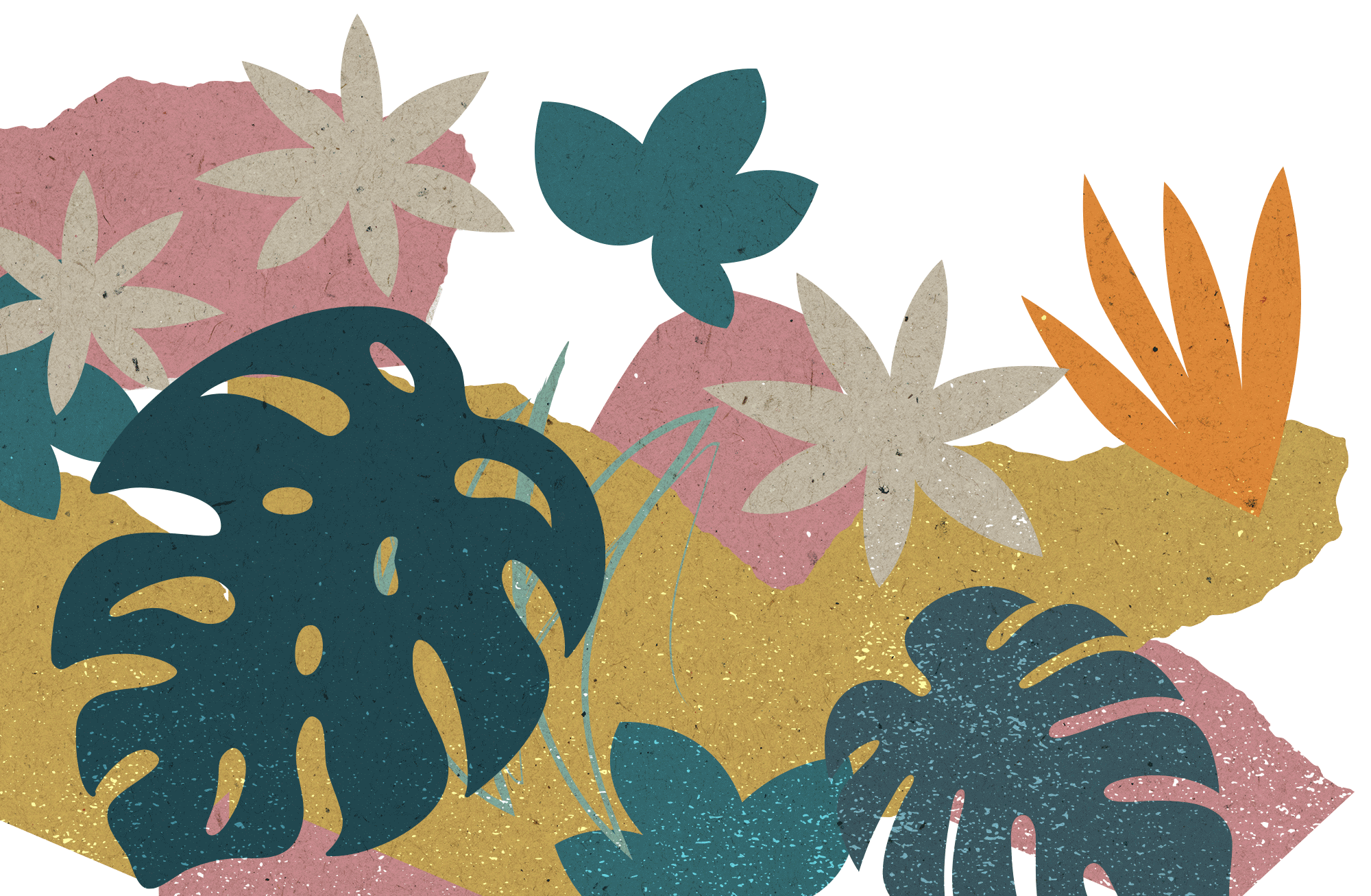
Latin American coffee
Considered one of the coffee capitals of the world, coffee from Latin America makes up most of the blends found on supermarket shelves today. The flavour is universally enjoyed which is mostly attributed to its well-rounded taste. A few of the key characteristics of Latin American coffee are:
Nutty
Low acidity
Light or medium roast
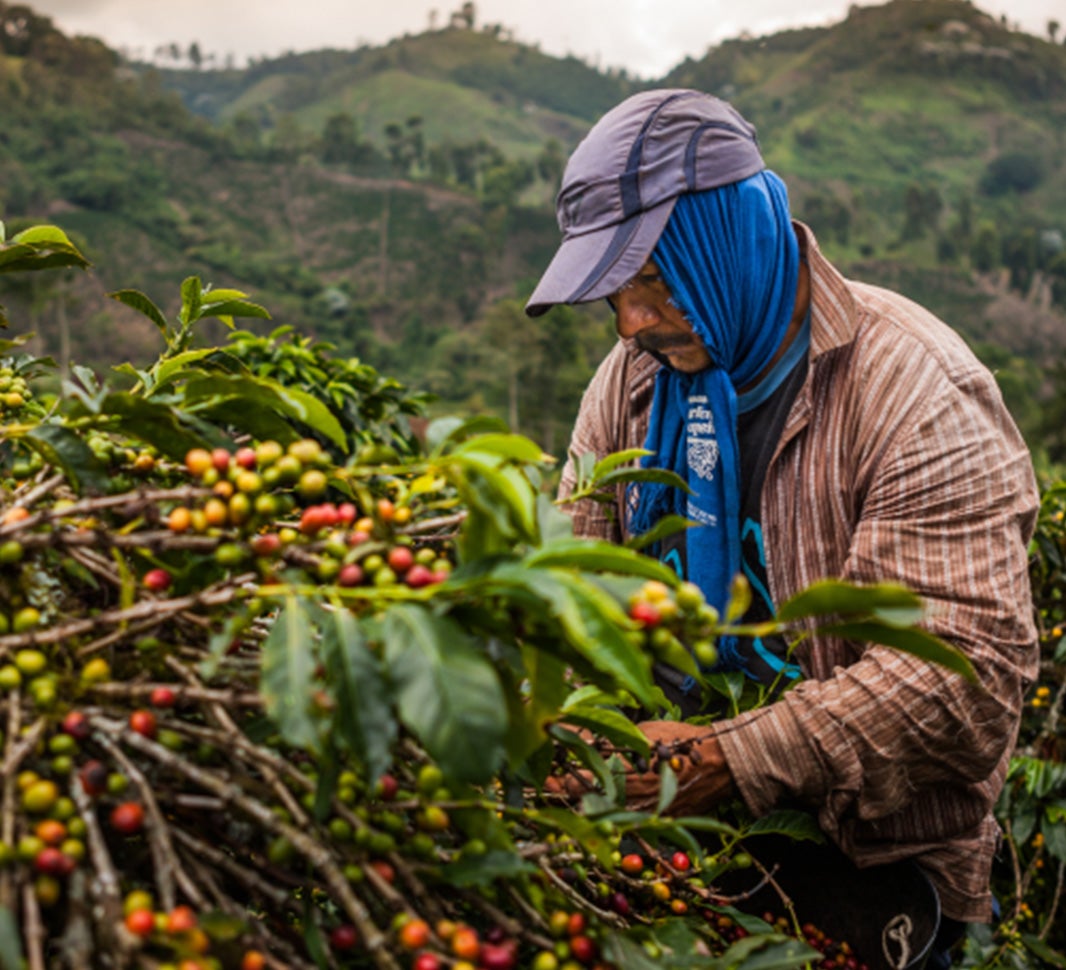
Asian coffee
Asia is home to some of the most unique coffee blends with bold, unique flavourings unlike any other. Typically, you can expect Asian coffee to have the following characteristics:
Earthy
Gentle acidity
And more often than not made into a dark roast
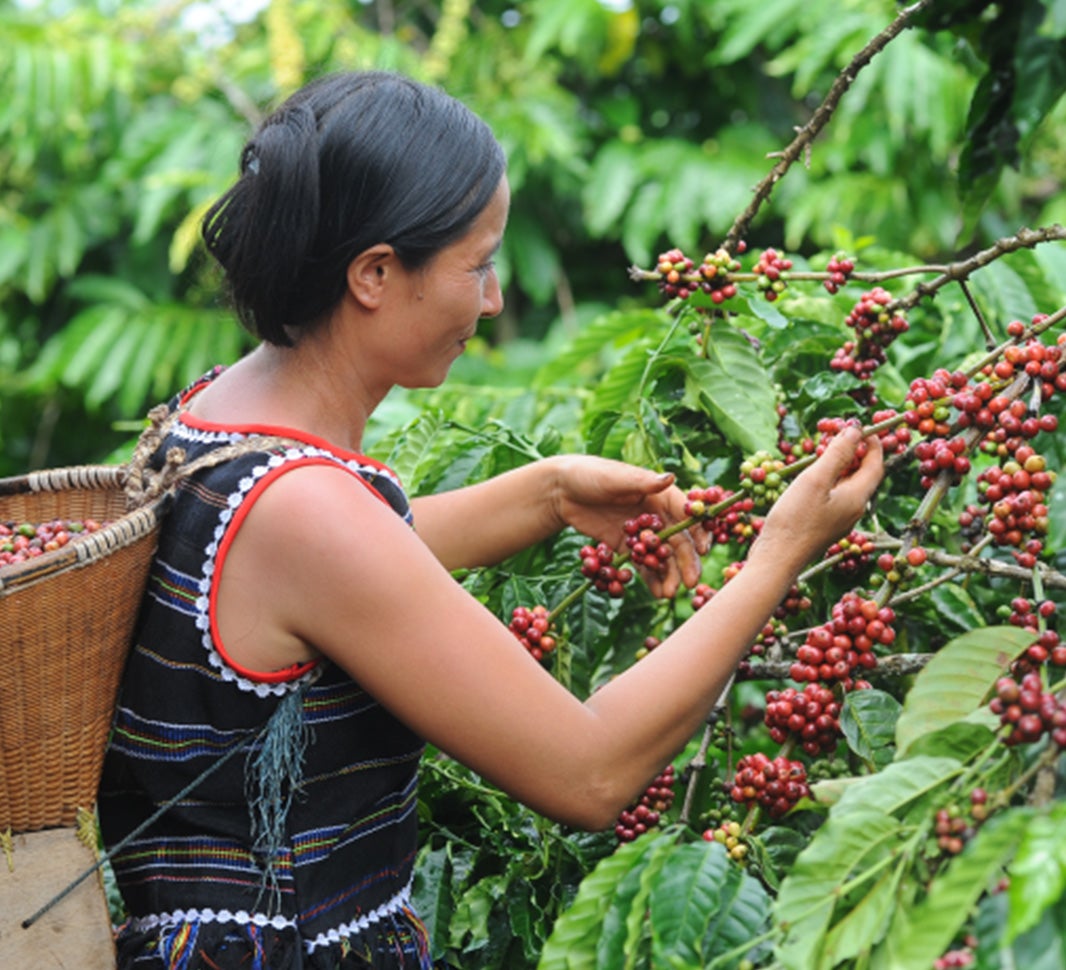
Today’s community favourites
Discover some of the most enjoyed articles from across the site


